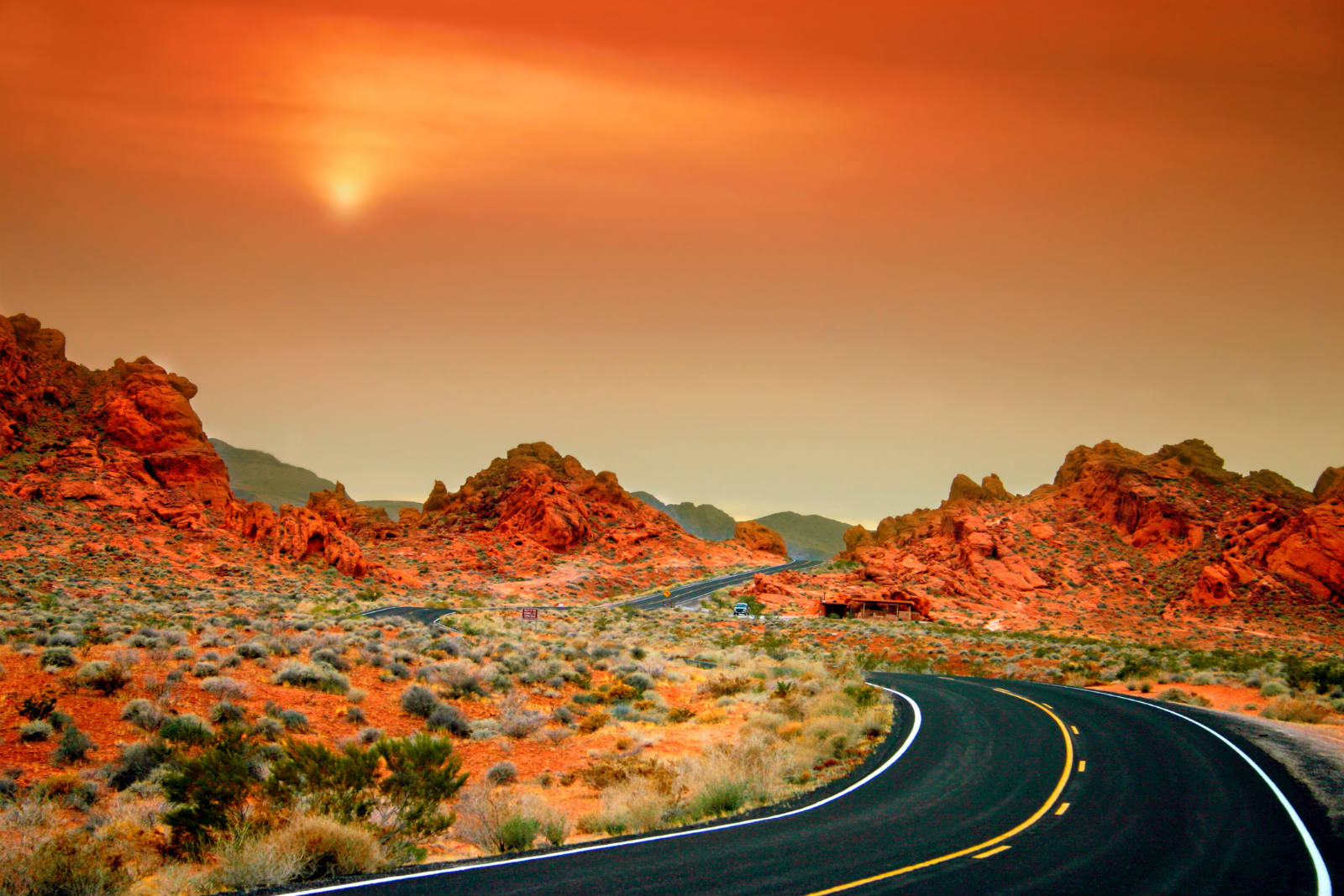Nevada Destinations offers a captivating blend of natural wonders and vibrant cityscapes. From the fiery hues of Valley of Fire State Park to the glittering lights of Las Vegas, the state presents a diverse range of experiences. This guide explores Nevada’s geological marvels, bustling urban centers, thrilling outdoor adventures, rich history, and practical travel tips, ensuring a well-rounded understanding of this unique American state.
Prepare to be amazed by the stark beauty of Nevada’s deserts, the towering majesty of its mountain ranges, and the unexpected cultural richness found in its cities. Whether you’re seeking adrenaline-pumping activities, historical exploration, or simply a relaxing getaway, Nevada caters to diverse interests. We’ll delve into the state’s geological formations, vibrant urban centers, outdoor recreational opportunities, cultural heritage, and practical planning considerations to help you craft your perfect Nevada adventure.
Natural Wonders of Nevada
Nevada’s diverse landscape, sculpted by millennia of geological processes, offers a breathtaking array of natural wonders. From vibrant red rock formations to stark, snow-capped mountains, the state showcases a dramatic spectrum of geological features and ecosystems, each possessing unique characteristics and ecological significance. This section explores some of Nevada’s most remarkable natural assets.
Valley of Fire State Park and Nevada’s Red Sandstone Formations
Valley of Fire State Park, renowned for its fiery red sandstone formations, is a testament to the power of geological time and elemental forces. The park’s vibrant hues result from the oxidation of iron within the Aztec Sandstone, a formation dating back to the Jurassic period. These sandstone formations, sculpted by wind and water erosion over millions of years, create a dramatic landscape of towering monoliths, narrow canyons, and intricate rock arches. The park’s unique geological features provide habitat for a variety of desert flora and fauna, adapted to the harsh, arid conditions. The vivid coloration of the sandstone, ranging from deep reds and oranges to subtle pinks and browns, is a captivating spectacle, especially during the golden hours of sunrise and sunset. The park’s trails offer visitors opportunities to explore this remarkable landscape, ranging from easy strolls to more challenging hikes.
Comparison of Nevada’s Geological Features
The following table compares the geological features of three distinct Nevada locations: Valley of Fire State Park, Great Basin National Park, and Cathedral Gorge State Park. These parks represent a microcosm of Nevada’s diverse geological history and the varied landscapes it encompasses.
| Park Name | Notable Feature | Geological Age | Accessibility |
|---|---|---|---|
| Valley of Fire State Park | Red sandstone formations, arches, and canyons | Jurassic Period (approximately 150-200 million years ago) | Generally accessible, with trails ranging in difficulty. |
| Great Basin National Park | Ancient bristlecone pine forests, Lehman Caves, Wheeler Peak | Precambrian to Quaternary (over 540 million years of geological history) | Varied accessibility; some areas require strenuous hiking, while others are easily accessible. |
| Cathedral Gorge State Park | Eroded canyons with unique rock formations resembling cathedral spires | Miocene Epoch (approximately 5-23 million years ago) | Relatively accessible, with well-maintained trails. |
Nevada’s Diverse Ecosystems
Nevada’s landscapes encompass a wide range of ecosystems, from the arid Mojave Desert to the high-elevation forests of the Great Basin. The Mojave Desert, characterized by its sparse vegetation and extreme temperatures, supports unique flora such as creosote bush, Joshua trees, and various cacti. Fauna includes desert tortoises, kangaroo rats, and desert bighorn sheep. In contrast, the Great Basin’s higher elevations boast more diverse ecosystems, including pinyon-juniper woodlands and alpine meadows. These areas support a variety of coniferous trees, shrubs, and wildflowers, along with mammals such as mule deer, mountain lions, and various bird species. The distinct ecosystems of Nevada’s deserts and mountains are a testament to the adaptability of life in extreme environments.
Visual Representation of Nevada’s Topographical Diversity
Imagine a stylized map of Nevada. The map would show a vast, relatively flat expanse representing the basin and range province, punctuated by numerous isolated mountain ranges rising sharply from the desert floor. The color scheme would reflect elevation changes, using shades of tan and brown for lower elevations, transitioning to greens and finally to whites and grays for the highest peaks, like those in the Great Basin National Park. The Mojave Desert would be represented by a lighter, more uniform tan color, while the Great Basin would show more variation in color and texture, reflecting its varied elevations and ecosystems. This visualization would effectively convey the dramatic shifts in elevation and geographical diversity across Nevada’s landscape.
Closure
From the awe-inspiring natural landscapes to the vibrant energy of its cities, Nevada offers a truly unforgettable travel experience. Whether you’re captivated by the geological wonders of Valley of Fire or drawn to the glittering lights of Las Vegas, a trip to Nevada promises a diverse array of adventures. We hope this guide has provided you with the inspiration and information needed to plan your own unique Nevada journey, leaving you with lasting memories of this remarkable state.


